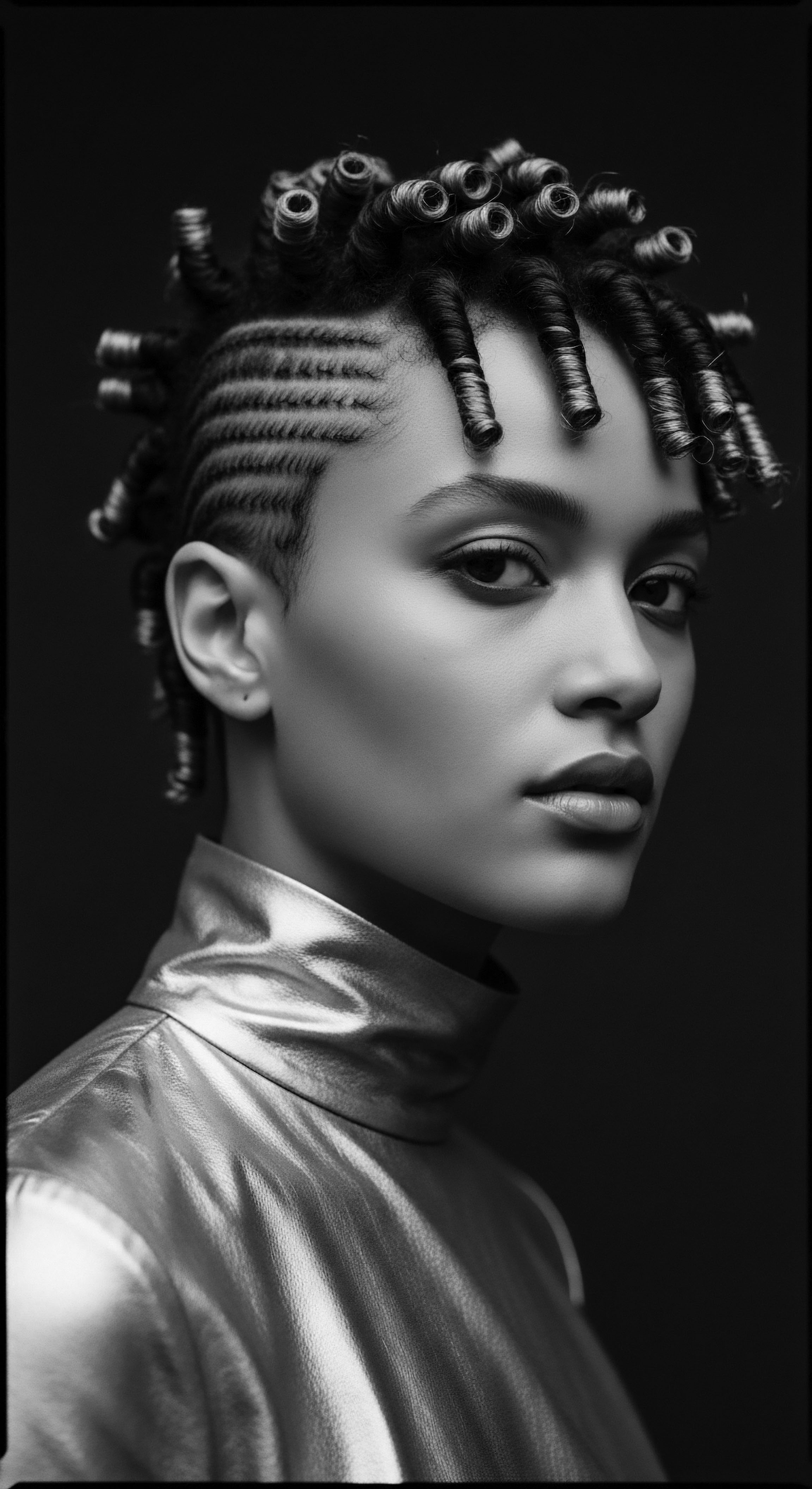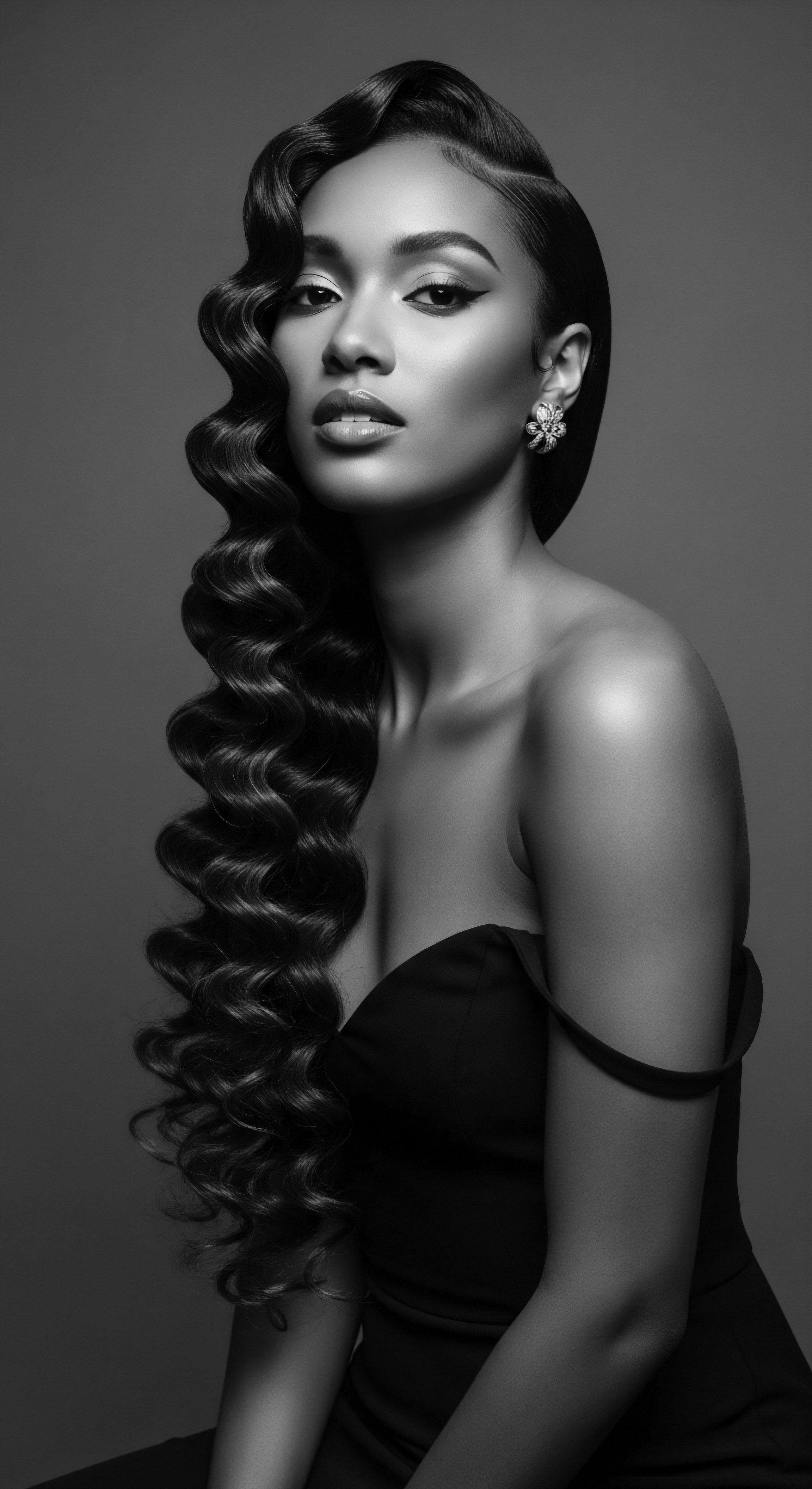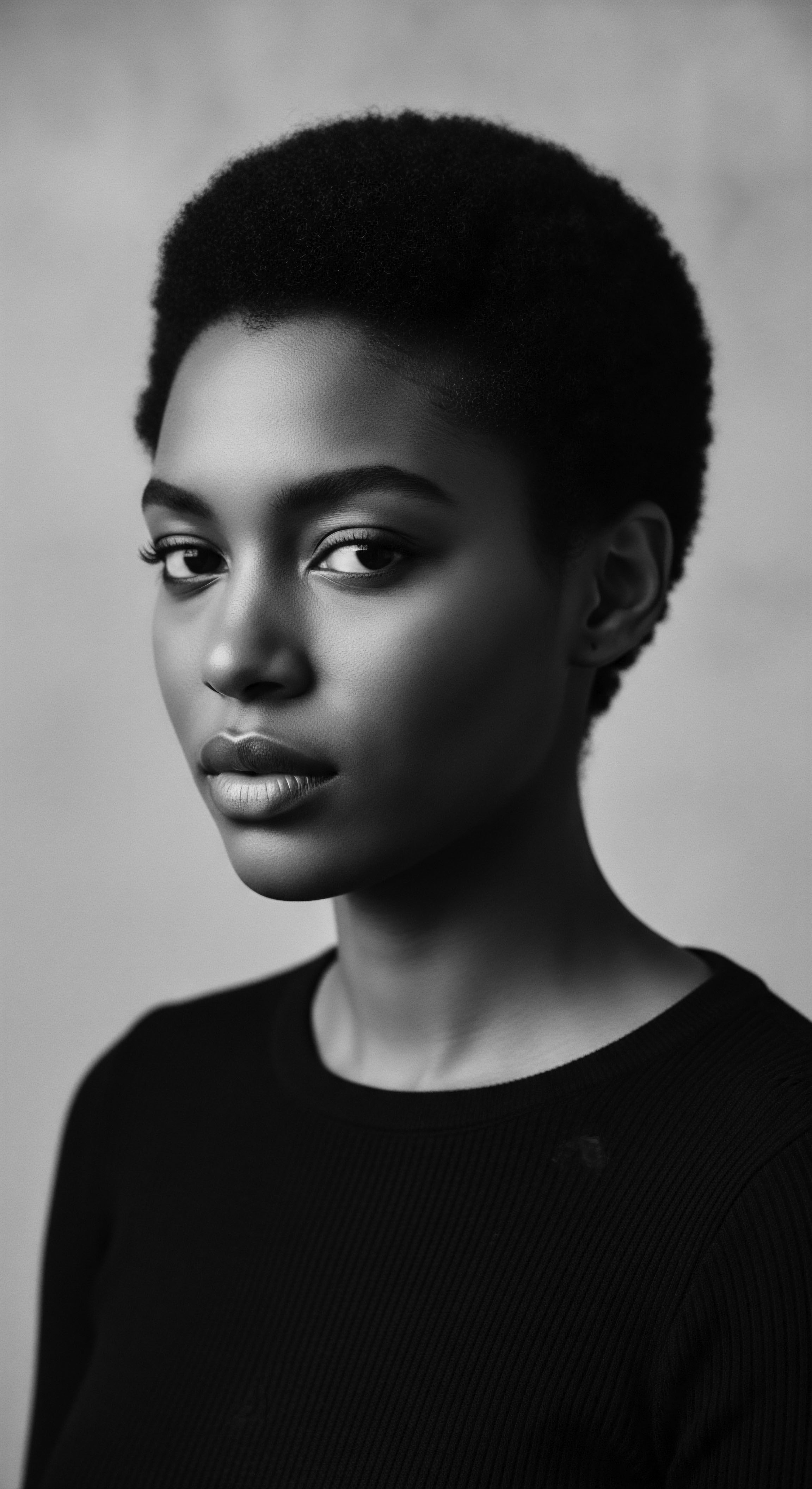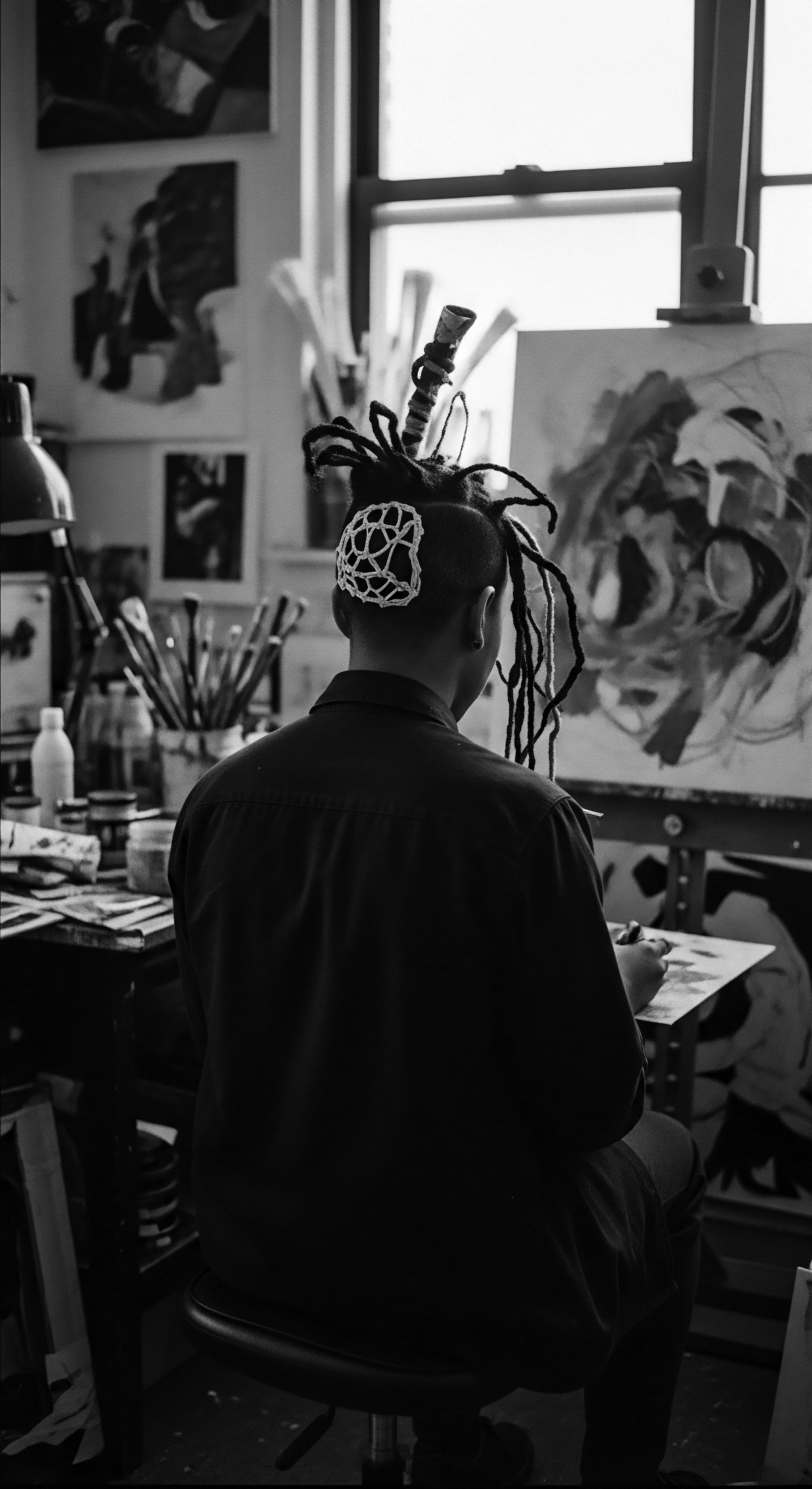
Which plants were historically essential for textured hair?
Ancestral communities relied on plants like shea, hibiscus, and aloe for textured hair, embodying a deep heritage of natural care.

What historical role do oils play in textured hair moisture?
Oils historically provided essential moisture, protection, and symbolic value for textured hair across Black and mixed-race heritage, adapting ancestral wisdom for resilience.

How did ancient cultures purify textured hair effectively?
Ancient cultures purified textured hair using natural ingredients like saponin-rich plants, absorbent clays, and acidic rinses, always respecting its inherent needs.

Do historical hair care methods truly protect textured hair moisture?
Historical hair care methods effectively protect textured hair moisture by employing protective styles, natural ingredients, and low-manipulation techniques, all rooted in ancestral wisdom.

Can historical hair traditions improve contemporary textured hair care?
Historical hair traditions offer invaluable holistic and protective methods, profoundly improving contemporary textured hair care through heritage.

Emotional Resilience
Meaning ❉ Emotional Resilience is the dynamic capacity to navigate adversity while affirming identity, particularly evident in the enduring heritage of textured hair practices.

Feminine Resilience
Meaning ❉ Feminine Resilience is the enduring strength, cultural continuity, and wisdom expressed through textured hair heritage and ancestral care practices.

Embodied Identity
Meaning ❉ Embodied Identity reveals the deep connection between textured hair and self, reflecting ancestral heritage, cultural significance, and personal meaning.

How did ancient communities care for their hair’s texture?
Ancient communities nourished textured hair through natural elements, protective styles, and communal rituals, forming a rich heritage.

What ancestral wisdom can inform modern textured hair regimens today?
Ancestral wisdom offers textured hair regimens a heritage-rich path, prioritizing natural moisture, protective styling, and mindful manipulation.

What historical tools shaped Afro-textured hair traditions?
Historical tools, from ancient combs to improvised implements, profoundly shaped Afro-textured hair traditions, reflecting heritage, identity, and resilience.

Hair Health Nutrition
Meaning ❉ Hair Health Nutrition details how consumed nutrients and metabolic processes influence hair vitality, especially for textured hair within its rich heritage.

How did natural elements protect textured hair historically?
Ancestral communities safeguarded textured hair using plant-derived emollients and protective styles, rooted in environmental wisdom and cultural heritage.

Resilient Cereal
Meaning ❉ Resilient Cereal defines the inherent strength and adaptive nature of textured hair, deeply rooted in ancestral wisdom and cultural persistence.

What ancestral fats nourished textured hair?
Ancestral fats like shea butter and palm oil protected and nourished textured hair, embodying centuries of cultural care.

What ancestral botanical ingredients are recognized for textured hair scalp care?
Ancestral botanicals provide time-honored remedies for textured hair scalp care, rooted in cultural heritage and natural efficacy.

Which historical cleansing methods maintained textured hair’s moisture?
Historical cleansing methods for textured hair prioritized gentle, natural ingredients to preserve moisture, reflecting deep ancestral knowledge.

What roles did specific oil properties play in historical textured hair care rituals?
Specific oil properties like penetration and emollience nurtured textured hair, rooted deeply in ancestral heritage.

What historical knowledge validates traditional ingredients for textured hair care?
Historical knowledge validates traditional ingredients through centuries of empirical use, communal practice, and profound cultural significance for textured hair.

What historical ingredients benefited textured hair?
Historical ingredients like shea butter, amla, and chebe powder benefited textured hair by deeply nourishing and protecting strands for centuries.

What plants did enslaved Africans use for hair?
Enslaved Africans used plant resources like shea butter, palm oil, aloe vera, okra, and hibiscus for cleansing, conditioning, and styling, preserving textured hair heritage.

Prehistoric Hair Care
Meaning ❉ Prehistoric Hair Care refers to ancient methods and rituals of managing and adorning hair, primarily for protection, hygiene, and cultural expression.

What historical fabrics shielded textured hair from heat?
Historical fabrics such as linen, cotton, and later silk and satin, shielded textured hair from environmental heat and friction, preserving its health and serving as cultural markers.

